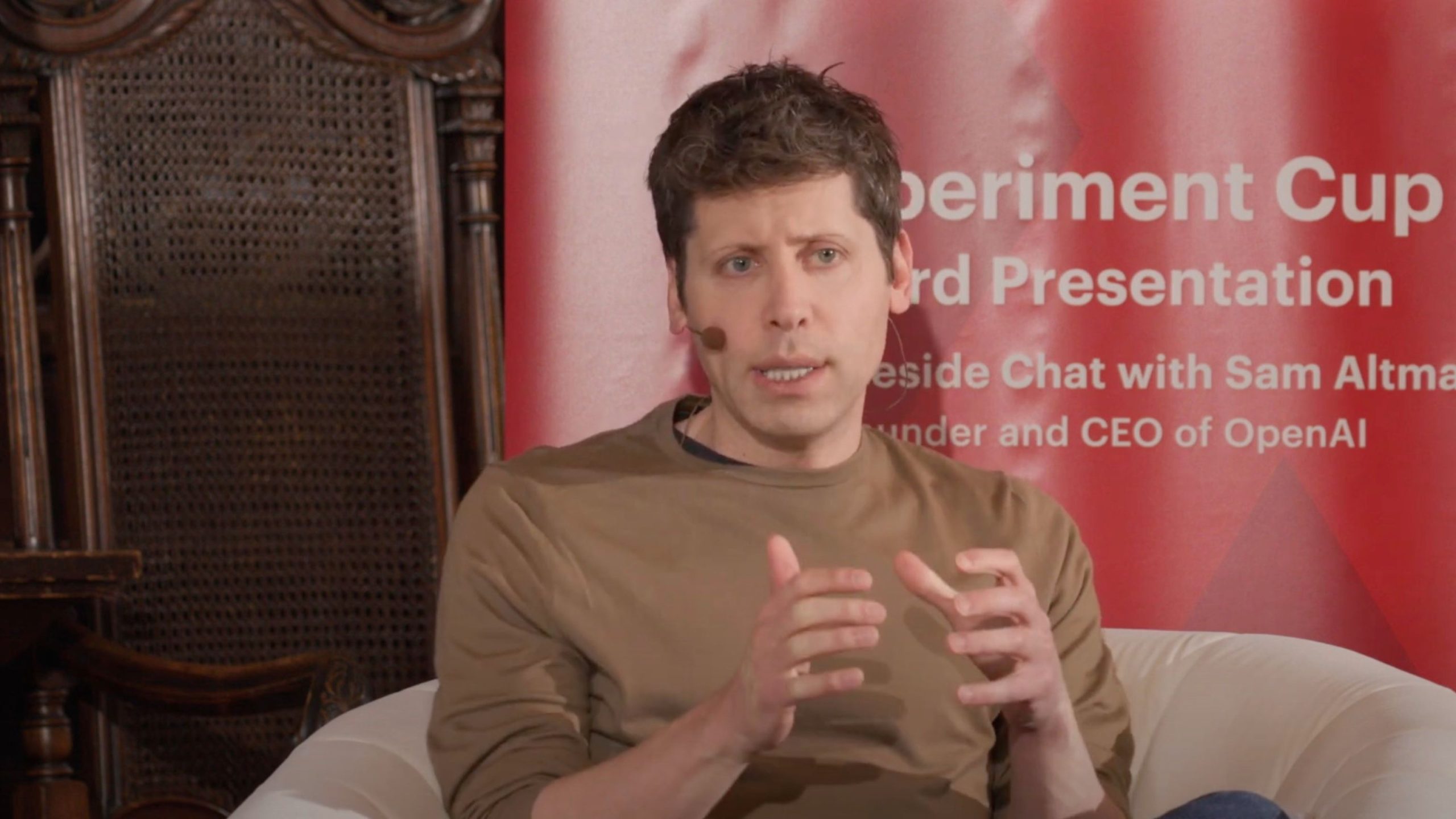
www.newsbusters.org
PBS Urges Against Downplaying 'The Role That Sexism" Affects Harris
PBS News Hour sought to answer the question on Friday of why Kamala Harris is struggling with male voters. Both New York Times columnist David Brooks and Washington Post associate editor Jonathan Capehart agreed that it is important not to “downplay the role that sexism” plays here.
As the lone female in the segment, host Amna Nawaz thought maybe her guests could help her explain the phenomenon, “I just have to say, you know, I'm asking all the smart men in my life this question because Harris continues to have weaker support with younger men, men who supported President Biden. And I just wonder why you think that is. Why do men have a problem supporting her?”
The nominally conservative Brooks began with his usual wishy-washy centrism, “Yeah, well, young men have been drifting away from the Democratic Party for a long time. And that's especially accelerating. And I don't want to downplay the role that sexism may play here.”
He added, “Young men are — have lower graduation rates, lower grades, lower work force participation rates, higher unemployment. Young men have been suffering and struggling over the last 10 years in an accelerating form. And so, if you're alienated, Trump is sort of your meal ticket.”
Brooks concluded by claiming that the podcasting sphere creates “this nutrition system that's feeding them some reinforcement, and it's pretty conservative.”
Capehart followed up by agreeing, “That Trump meal ticket is junk food. And I agree with you. I take everything that you say. I see all of what you're saying, but I also see what former President Obama was saying in that campaign office in Pennsyl — yes, in Pennsylvania, when he was talking specifically to African American men.”
He then turned to sexism, “But when you watch the whole clip, he also mentions Latino men, white men, Asian men, that this is a bigger — this is a bigger issue, this concern — and not to downplay the role sexism plays into this. I do think it's part of it and we can't just ignore it. We have to talk about it.”
Capehart wrapped up with more praise for Obama, “So, all those people who were tut-tutting President Obama for saying what he said, I applaud him for saying what he said, because we need — we have to talk about it. Otherwise, we will never — we will never overcome it.”
Ironically, Brooks and Capehart’s pleadings not to ignore the role sexism allegedly plays in Harris’s struggle with male voters is exactly why she is struggling. The idea that men are unwilling to consider putting a woman in a position of high power is just one of the anti-male stereotypes that the left frequently employs. Telling men they need to just shut up and get in line behind the left’s agenda will continue the trend.
Here is a transcript for the October 18 show:
PBS News Hour
10/18/2024
7:36 PM ET
AMNA NAWAZ: This other issue of the gender gap that we have seen, just a huge gender gap, with a huge male advantage for former President Trump and a huge female advantage for Vice President Harris. And I just have to say, you know, I'm asking all the smart men in my life this question because Harris continues to have weaker support with younger men, men who supported President Biden. And I just wonder why you think that is. Why do men have a problem supporting her? David?
DAVID BROOKS: Yeah, well, young men have been drifting away from the Democratic Party for a long time. And that's especially accelerating. And I don't want to downplay the role that sexism may play here.
But, you know, young men are — have lower graduation rates, lower grades, lower work force participation rates, higher unemployment. Young men have been suffering and struggling over the last 10 years in an accelerating form. And so, if you're alienated, Trump is sort of your meal ticket.
And if you're alienated, well, the number one predictor of whether a young guy is going to go Democrat or Republican is this question, do you like Joe Rogan? And so there's a podcast industry serving these young guys. And it tends to be pretty conservative industries, ramping all the way to the insane Andrew Tate.
And so I think they're alienated because of what's happened to young men recently. There's this nutrition system that's feeding them some reinforcement, and it's pretty conservative.
JONATHAN CAPEHART: That Trump meal ticket is junk food. And I agree with you. I take everything that you say. I see all of what you're saying, but I also see what former President Obama was saying in that campaign office in Pennsyl — yes, in Pennsylvania, when he was talking specifically to African American men.
But when you watch the whole clip, he also mentions Latino men, white men, Asian men, that this is a bigger — this is a bigger issue, this concern — and not to downplay the role sexism plays into this. I do think it's part of it and we can't just ignore it. We have to talk about it.
So, all those people who were tut-tutting President Obama for saying what he said, I applaud him for saying what he said, because we need — we have to talk about it. Otherwise, we will never — we will never overcome it.
















